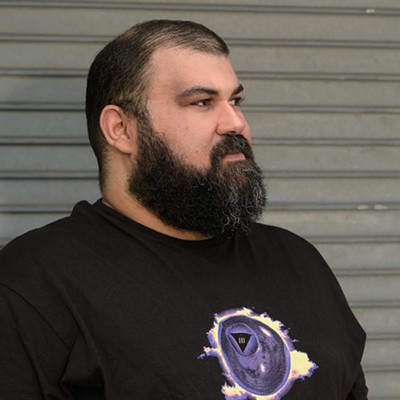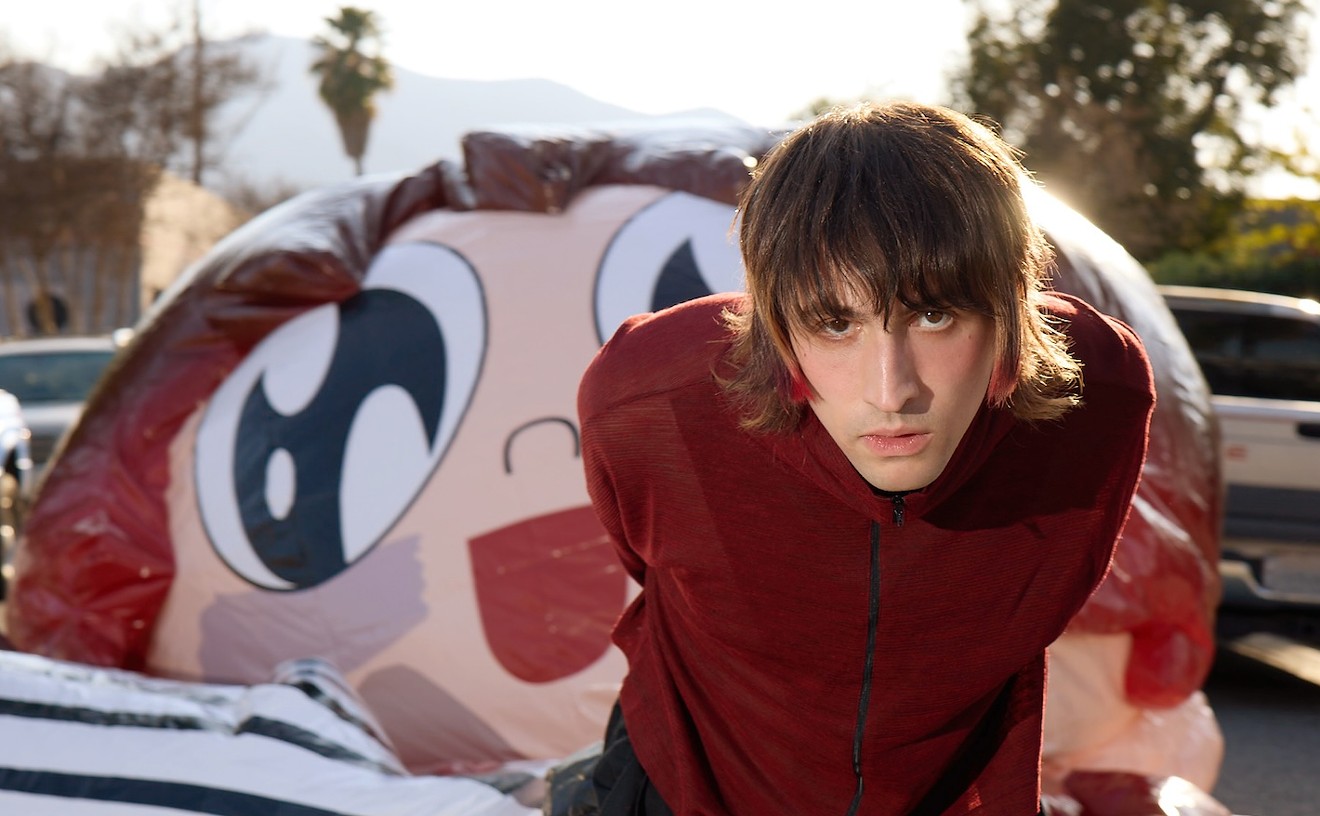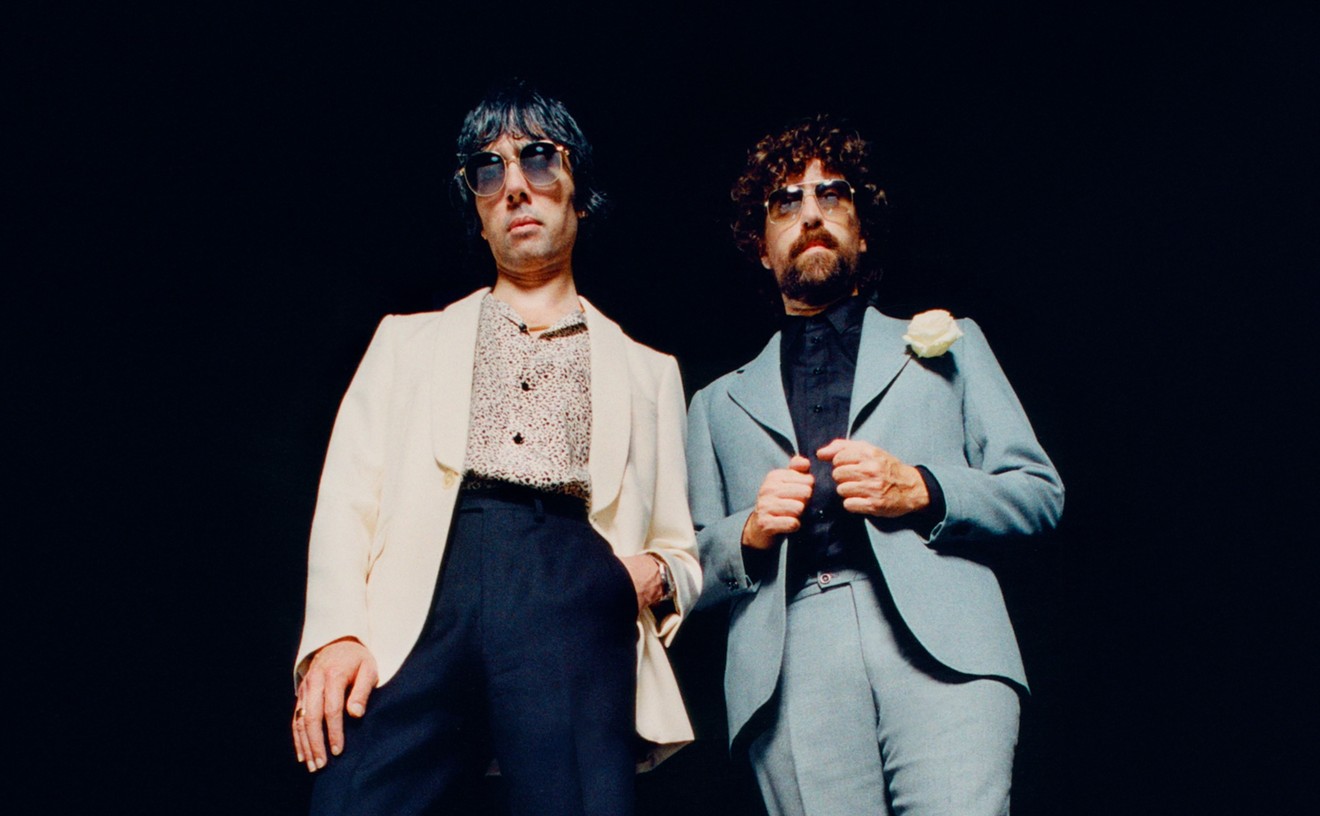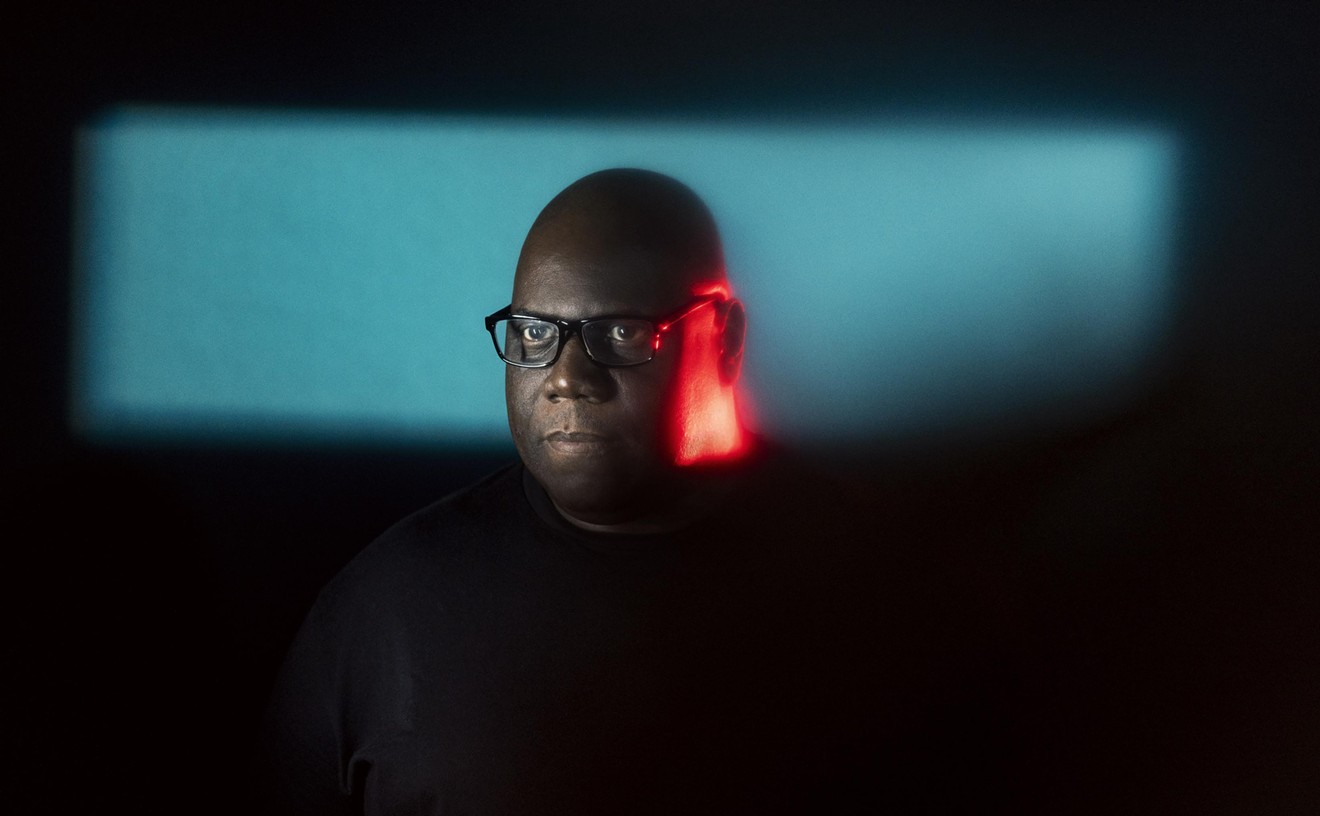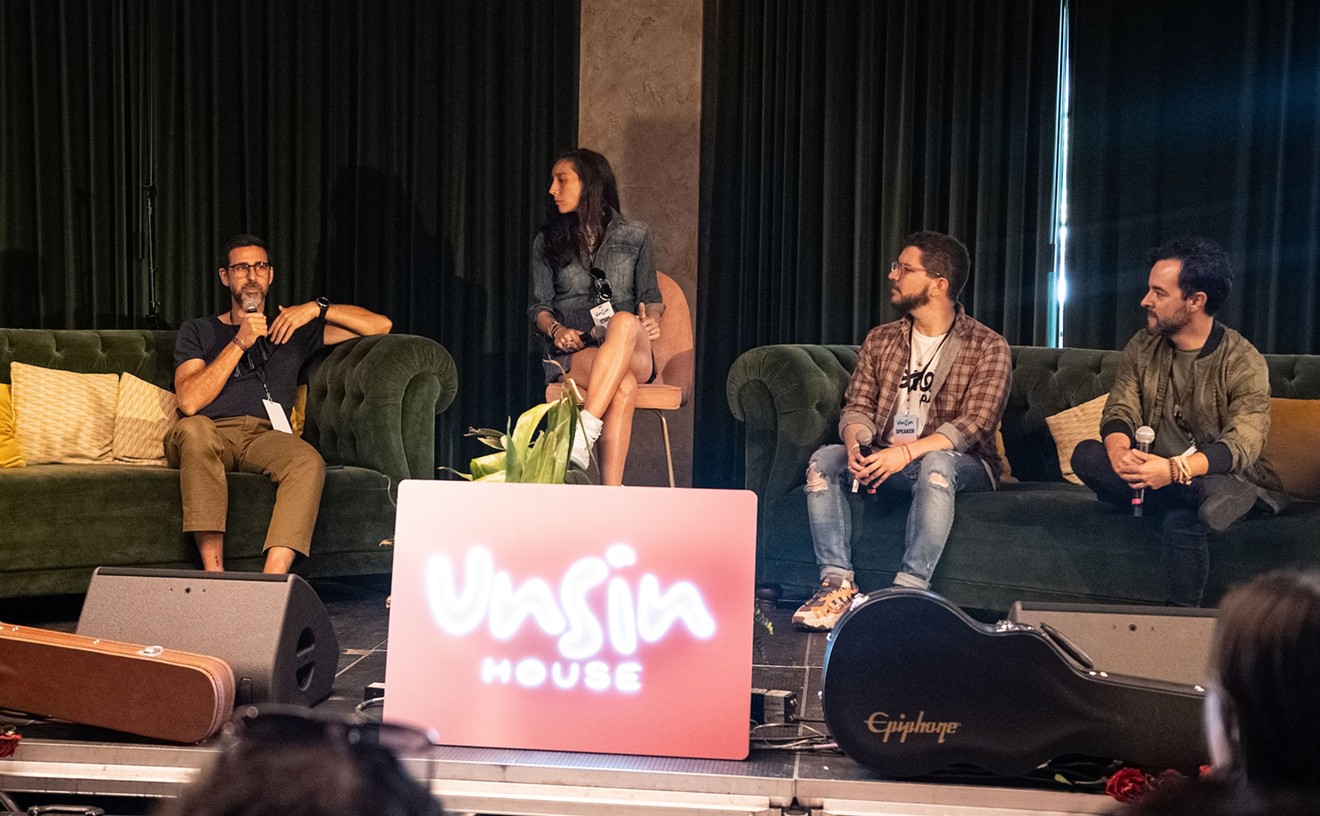In 2012, Avicii was preparing to take the main stage at Ultra Music Festival when Madonna came out to introduce the then-22-year-old.
"Who has seen Molly?" she asked.
Those four words would set off a media firestorm and spur the outspoken Deadmau5 to write, "Fuck off, you fucking IDIOT." This would also come to epitomize dance music's complicated relationship with the mainstream music media. ("Are your kids on molly?" became the new go-to news report.)
And as Robert F.X. Sillerman began buying up dance-music festivals and nightclubs around the country, the media wondered, "What is dance music?" That only helped to cement the electronic dance music (EDM) tag. The acronym was being used to describe the bleeps and bloops coming out of speakers. It also became a marketing term used to sell a lifestyle targeted at weekend warriors, college bros, and neon-tutu-wearing girls.
Problem was, like every pop-music phenomenon, the music became too predictable — get a four-on-the-floor beat, tack on a call-to-prayer intro, add a single powerful loop as the song's backbone, build it up, break it down, and repeat. For the acts that don't have the chops to perform "live": Add a theatrical gimmick and throw your hands up in the air while the confetti rains down.
Even worse were EDM events themselves. For decades, dance music had waved the PLUR (Peace, Love, Unity, Respect) flag, but today's EDM experience includes aggro dudes and girls who find "Party With Sluts" T-shirts empowering. Even ecstasy got rebranded as molly, which was initially sold as a purer version of MDMA but turned out to be cut with bath salts and crystal meth.
But before you yell "I CAN'T!" to dance music, know that things are evolving.
Problem was, like every pop-music phenomenon, the music became too predictable.
tweet this
The signs of EDM's collapse began with the rise of deep house and future garage in 2014. Led by the brotherly British duo Disclosure, the new sounds took Chicago house and U.K. garage and mixed them with pop hooks. It injected life back into popular dance music. From James Blake to Oliver Heldens, acts started making songs that were catchy and challenged pop convention.
Techno also seems to be reemerging in the United States, the country where it was born. This might be because Aphex Twin recently released his first album in 13 years, 2014's Syro, and introduced a new generation of dance fans to challenging, heady electronic music. At the same time, established labels like Ghostly International, Kompakt, and Drumcode champion the genre, while newer imprints like Ultramajic and Pennyroyal keep pushing techno's boundaries.
There's also the push to curb the party-till-you-drop M.O. at dance music festivals. After two attendees died at New York's Electric Zoo in 2013, festivalgoers were required to watch a PSA last year. And Ultra, which took plenty of heat for bad crowd management in 2014, is beefing up security and perimeter fencing. The festival also announced it is banning glow sticks, pacifiers, and backpacks. A vocal few will complain that banning these items "kills the atmosphere," but reality is they don't really make or break a successful dance music event.
So perhaps EDM isn't dying; it's growing up. And that's overdue.
Follow us on Facebook at Miami New Times Music. Follow @Crossfade_SFL


